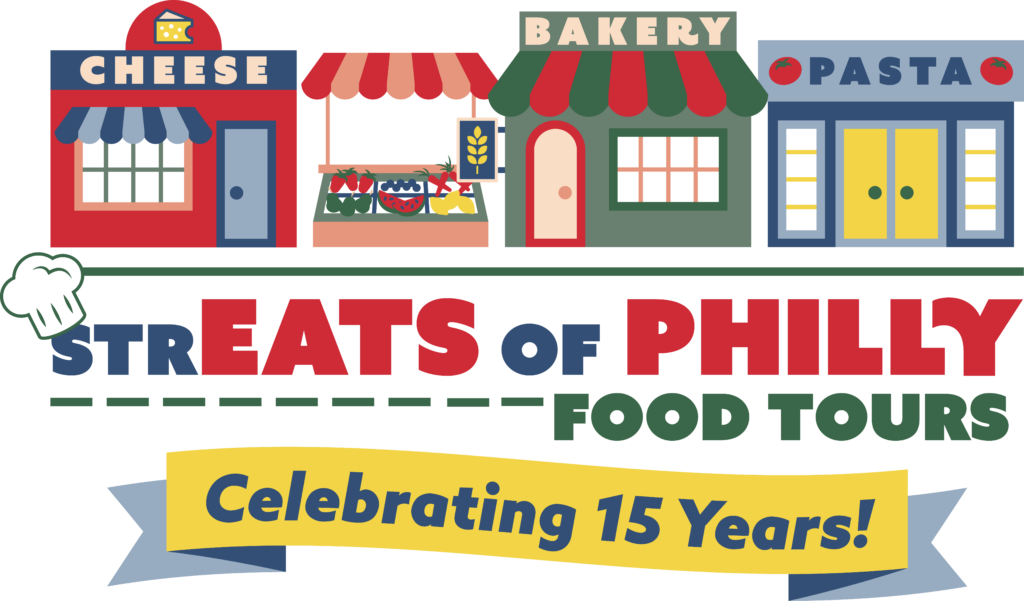I come from a family who celebrates St. Joseph’s Day, mainly because almost everyone is named some form of Joseph….Uncle Joe, Cousin Joey, Cousin Joe Joe and cousin Joseph.
I have great memories of dancing with my cousins as our Grandfather played the accordion at the Feast of St. Giuseppe and, of course, we ate lots of meatless traditional foods like: Minestrone soup, pasta e fagiole and seafood, along with desserts like Zeppole (deep fried doughnuts), and cream puffs.
In Italy, Father’s Day is celebrated on St. Joseph’s Day. St. Joseph is the symbol of fatherly love, kindness, generosity, and compassion, he raised Jesus, need I say more?
During the Middle Ages, Sicily experienced a major drought and Townsfolk prayed for rain and it rained on March 19th, St. Joseph’s Day!
Since then, Sicilians started a tradition of honoring St. Joseph by placing small pastries on the altar on March 19th.
St. Joseph is the Patron Saint of Pastry Chefs and Italian-American communities.
Some traditions that live on: The Altar (la tavola di San Giuseppe, literally translated means “St. Joseph’s Table” more commonly known as the “sweet table”) is blessed by a priest and people place all kinds of pastries on it.
No meat is eaten on St. Joseph’s Day, and it is celebrated with a grand feast. The crop that saved the Sicilians from famine was the fava bean! A fava bean is saved to bring luck through the year.
People wear red, which is supposed to ward off the evil eye! So, don’t forget to wear your red mutandees (underwear) on March 19th!



